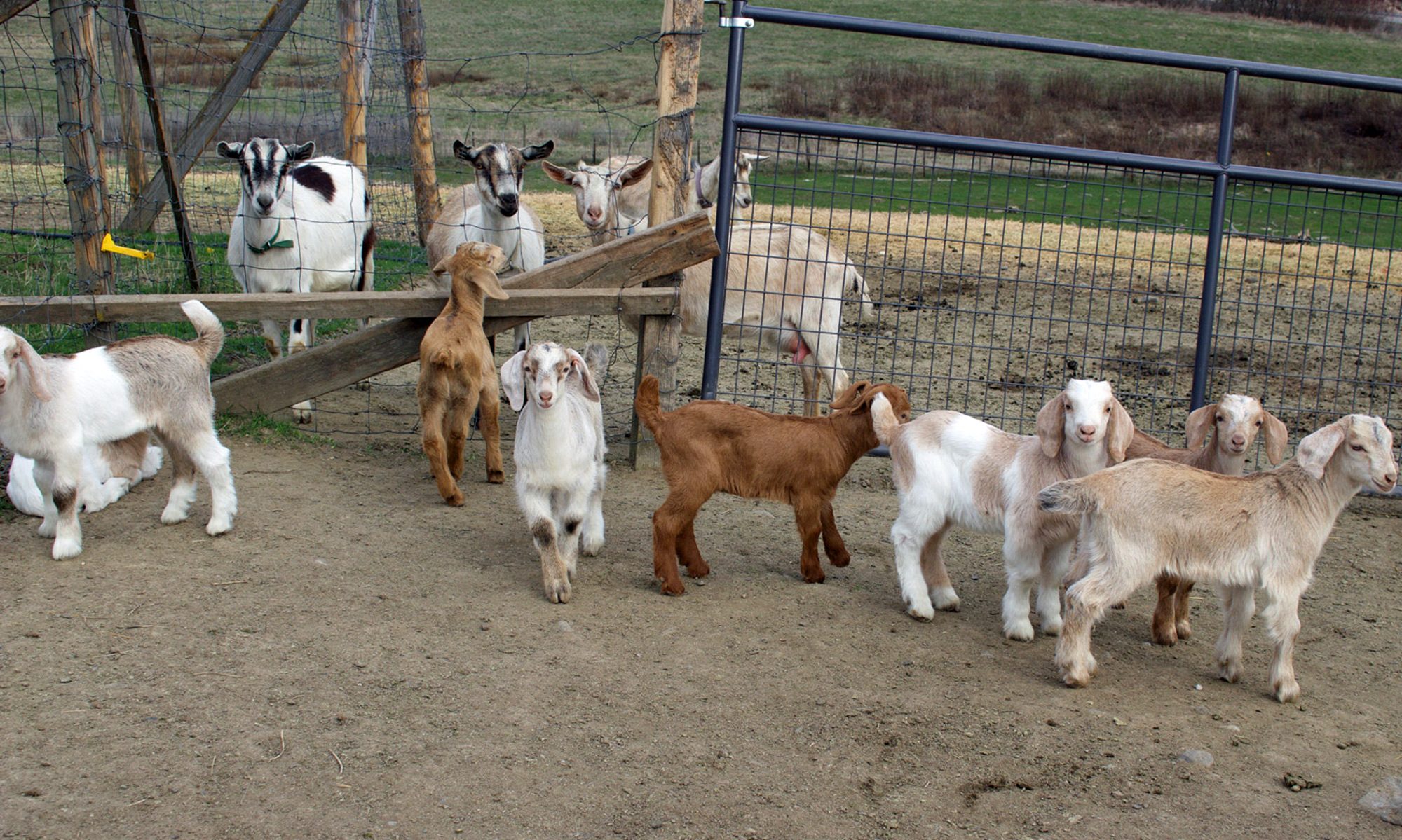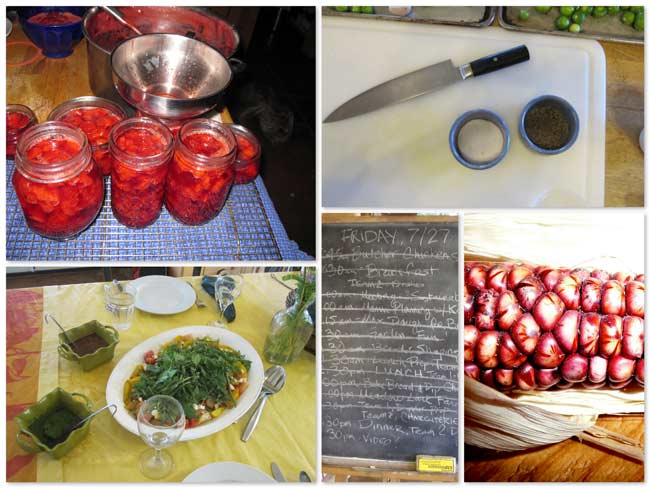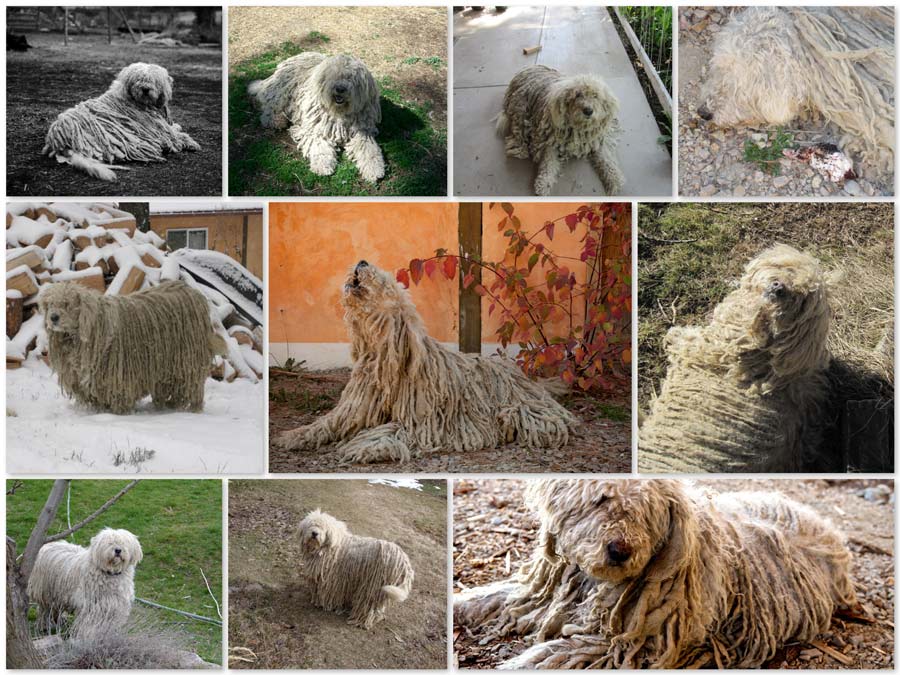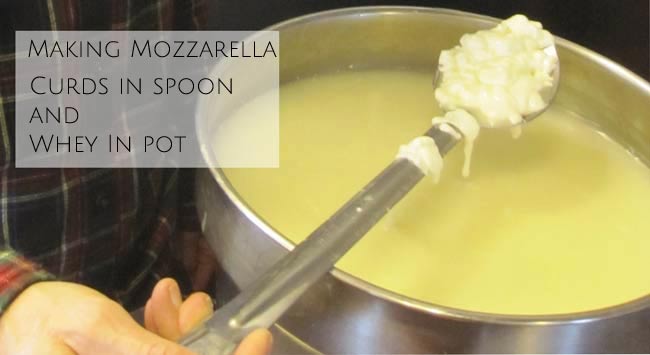Next up in our series of interviews with Quillisascut Alumni. Amy P. is a cook, author, and urban farmer who currently lives in Seattle.
What was your motivation for attending the Q workshop?
I wanted to go the very moment I first heard about Quillisascut Farm School. I had grown up on a small homestead and I had the compelling urge to reconnect with that memory. I was also beginning to really explore the concept and lifestyle of cooking and eating only locally grown, seasonal food, so Quilla seemed like the perfect adventure to learn more. I was in my mid-20s and an administrative assistant for a Seattle restaurant group at the time. I was Tom Douglas’ assistant.
Fill us in on what you are working on now:
Since leaving the farm, I left my corporate job in 2007 and stared my own business, GoGo Green Garden – wherein I build, plant & tend edible gardens for people and businesses in Seattle. I am also a food writer and have since published 3 books (Urban Pantry, Apartment Gardening & Fresh Pantry – a new eBook series for 2013).
How did the Quillisascut experience help shape your decisions?
I kept a journal when I was at Quillisascut and on the way home in the car, I wrote in my journal (which I happen to have with me in Scotland!) that “My life has not been altered. My life has been affirmed.” From that moment forward, I have always made business and personal decisions with the environment in mind. I was always good about being conscious – recycling, saving water, etc, but after the farm I went to an extreme. And while it seems extreme to be vigilant about not wasting food or not wasting water or saying you have ‘enough’, any decision I make harkens back to this simple agenda.
What is happening in your life today that motivates you?
What ISN’T?? Everything I do is exciting, I have to say. I love that I get to write for a living and share my experiences while encouraging others to eat seasonally and more healthfully. I love being in the garden and growing food. A lot of times it feels like a drag to have to dress up properly and haul out to a garden to do work in the rain and get muddy, but after about 5 minutes I remember why I started this business in the first place. Connecting to the earth is an amazing experience, very meditative, very circle-of-life and I’m thrilled every time.
Share with us the changes in your life related to a more sustainable future.
My biggest life change was quitting my job and the stable income it provided and going out on my own. Today, it has been 5 1/2 years and while it is not always easy (in fact, it is more often difficult) I wouldn’t change it for the world. I preserve most of my food now, I grow for myself, I don’t buy many things at the store, I re-use water, etc.
I think everyone should lead by example and I’m doing that by teaching people to not only grow food, but by giving them the power to understand THEY can grow food. My hope is that I am slowly shifting other people to a more sustainable future.
How did your experience at a Quillisascut workshop influence your career ?
Quillisascut was the very clear point in my life where I pivoted. I was living pretty green and doing a decent job, but I literally feel like I shifted my pace 90 degrees and headed down a different road. Quilla was a game changer – it helped me focus, gain clarity and really define what is important to me.
I made a few amazing friends during my stay at Quillisascut. We had nine students the week I came and the farm had a kitchen helper and an intern and I’m in contact with the majority of them all to this day. (Only two, in fact, are MIA.) Three of them are my best friends and we just had a reunion. After our time on the farm, Lynda left Seattle to start her own farm in the Methow Valley & is a cheesemaker now. Aliye moved home to California and now owns her own biz delivering organic produce to peoples homes. And I started my business, so I really see Quilla as an incubator, as well. It’s a great resource for anyone wanting to head out on their own, as it offers a frame of reference and really sets the stage for change.
For more info about Amy go to her website. She is currently working on a series of e-cookbooks, or the books Urban Pantry or Apartment Gardening.



